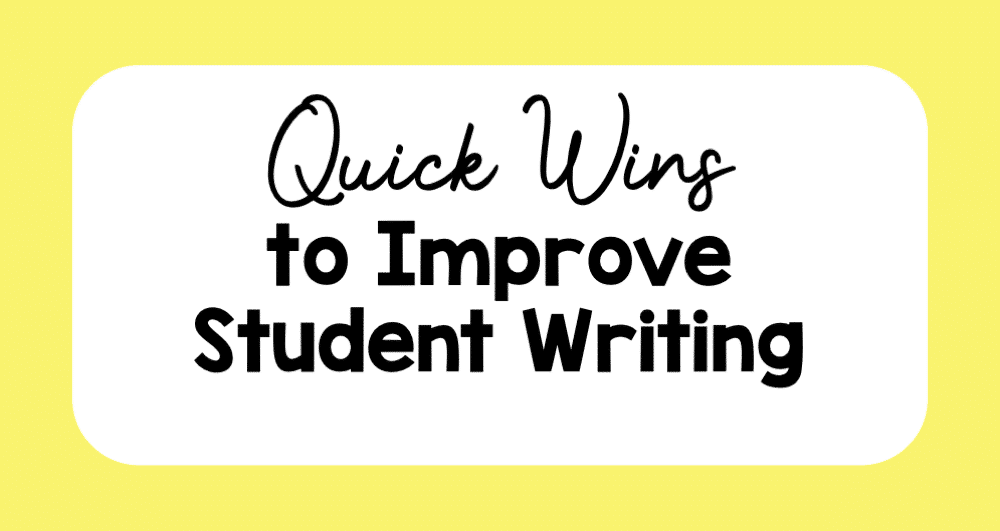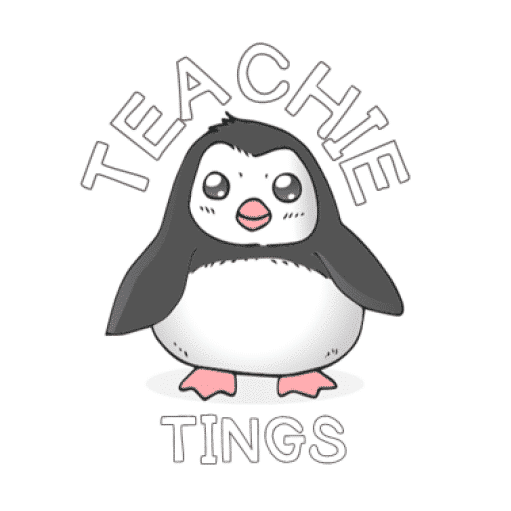
It can be really disheartening to read student writing and feel like your teaching hasn’t been as effective as you wished. While there are a lot of factors at play when it comes to student achievement, many factors which you aren’t responsible for, the fact is that your effectiveness as a teacher DOES matter. So, […]
